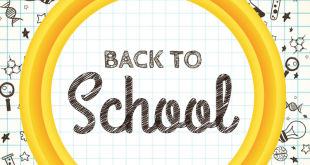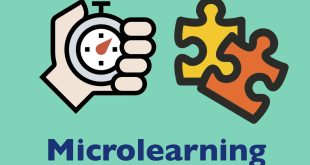Creative thinking skills for students are what every teacher knows to be crucial in the learning process. Giving students the chance and space to think creatively will definitely be fruitful in the long run.
Creative-based activities, games, and questions are endless. Consider trying to implement any of these exercises at least once a week for your class, and you’ll notice a huge improvement in engagement as well as creativity.
What Is Creative Thinking in Education?
According to Kampylis and Berki (2014),
“Creative thinking is defined as the thinking that enables students to apply their imagination to generating ideas, questions and hypotheses, experimenting with alternatives and to evaluating their own and their peers’ ideas, final products and processes.”
Discover Most Important Idea To Manage Your School With Skolera!
Importance of Creative Thinking for Students
Developing creative thinking in learners has long been considered an essential aspect of education and brain development. Harold Bloom (1956), the American Literary critic and educator, devised his Bloom’s Taxonomy which categorises learning into 6 categories—the final stage is to “create.”
Bloom asserts that creation is an indispensable part of learning in which students are allowed to produce their own unique work, investigate solutions to problems, design a product, or develop a theory.
Therefore, it can be said that creative thinking for students forms the culmination of students’ knowledge and education.
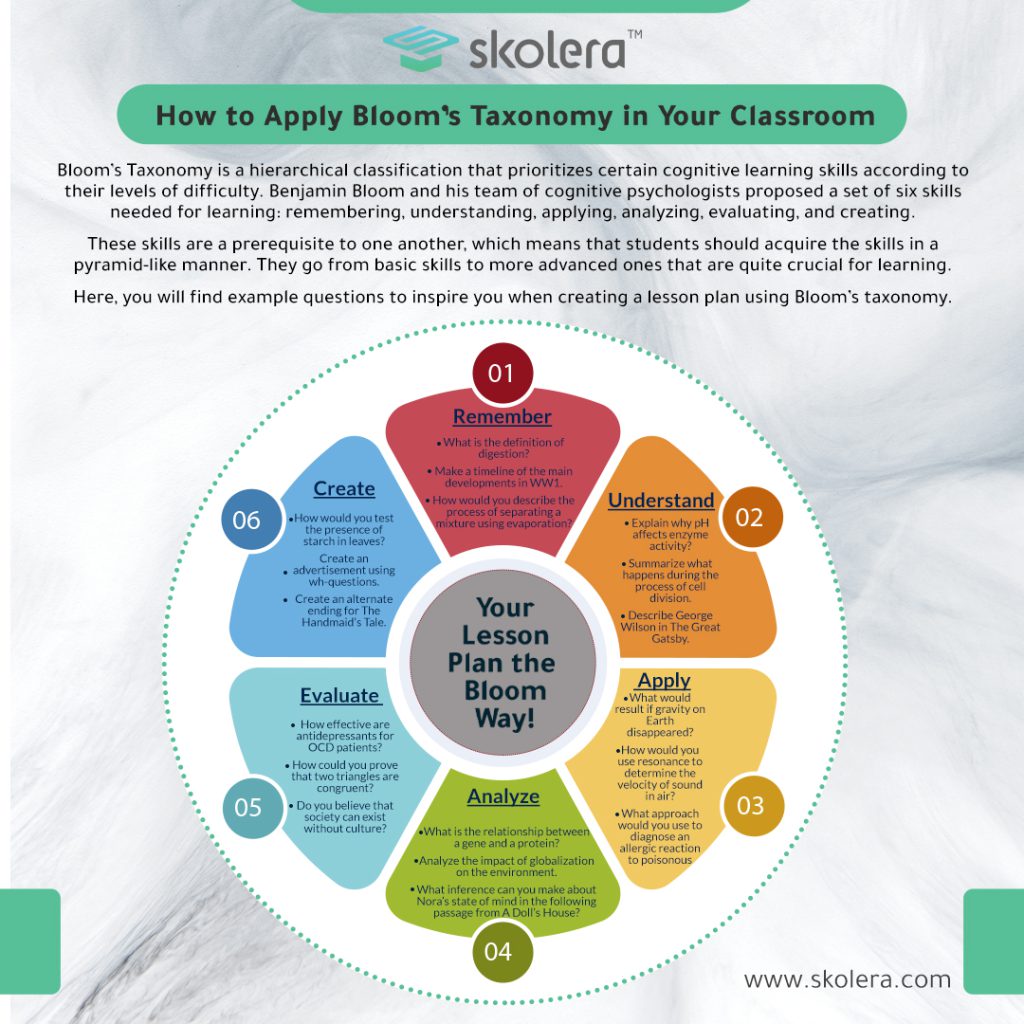
The Importance of Bloom’s Taxonomy: The Teacher’s Guide to an Exceptional Classroom
In an article entitled “Creative and Critical Thinking Skills in Problem-based Learning Environments,” Bengi Birgili asserts that critical thinking skills entail analysing sources for credibility, making connections and drawing conclusions.
He talks about how critical thinking involves several processes and cognitive actions.
He believes that people, or rather students, who practice critical thinking on a regular basis can never behave without thinking, can think independently and can identify problems in detail.
Here are some of Birgili’s characteristics that go into the process of critical thinking:
- Being analytical
- Thinking without prejudice
- Paying attention to details
- Being open to changes
As Edward de Bono, author of Six Thinking Hats puts it:
“Creativity involves breaking out of established patterns in order to look at things in a different way.”
Creative Thinking Examples for Students
Below are some methods, exercises and activities that teachers and schools can make use of for developing students’ creative thinking skills in the classroom or even beyond the school.
a) Creative Thinking Games For Students
-
Dictionary story
This exercise can be quite beneficial for teachers who like to pique students’ interest in vocabulary and enrich their skills. So get yourself a dictionary, cit pick a random word, and try to make up a brief story using the word you chose, the word above it, and the word below it.
This exercise will reveal your students’ potential to find connections between words and mix ideas that might not relate to each other at first glance.
Ultimately, your students would have crafted a narrative out of simple means. This can form the basis of your fiction writing lessons and help your students when they are stuck for ideas.
-
Six-word story
When teachers are at a loss for creative thinking exercises for students, they like to resort to the old-fashioned technique called “six-word story.” It basically tests the students’ ability to be creative using only six words to form a story.
According to Doug Weller, three elements make up a good six-word story: it makes sense to the reader, it takes him/her on a journey, and it leaves the reader with emotion. A perfect example of this would be Hemingway’s famous “For sale: baby shoes. Never worn.”
Make sure to give this exercise to your students next lesson and watch their creative minds bloom!
-
Avoid the letter ‘e’
Henri Matisse, the French Visual Artist, says “Don’t wait for inspiration. It comes while working.” Recent research has debunked the myth that creativity is inherent or genetic. On the contrary, scientists now believe that creativity is a skill that is acquired through regular practice and exercise.
An entertaining way to develop your students’ creative thinking skills is to play the game “avoid the letter e.” You can organize the class into pairs and allow them to have a conversation without using the letter ‘e’.
This will train their minds to be resourceful when it comes to language usage.
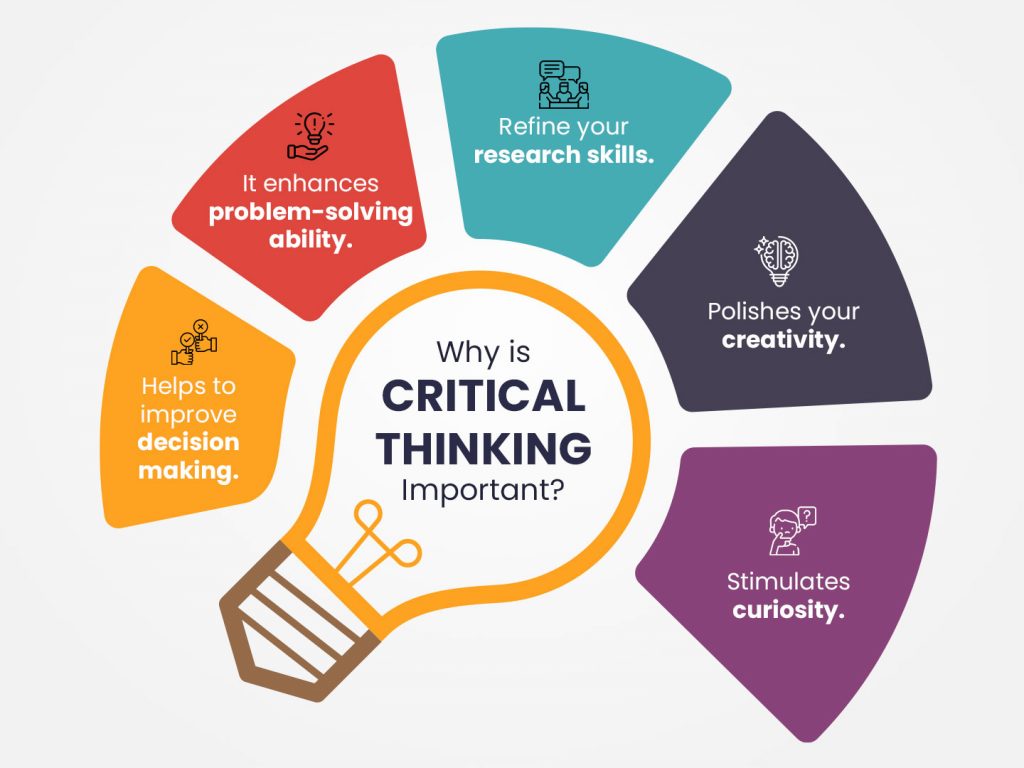
Skolera The Best LMS For School.. Rquest A Demo Now!
b) Creative Thinking Activities For Students
Take a look at some of these creative thinking activities for students to use online or in the actual classroom.
-Look Away from What You Are Creating
Working on drawing what you actually see rather than what you imagine you see is the aim of the exercise.
So basically you get a pencil and a piece of paper and allow yourself 5 minutes. But do not look at the page while drawing. Instead, turn around and look at your hand while drawing, not the paper itself.
The goal is to draw the details of your hand and not your entire hand. Also, avoid picking up your pencil during this activity.
-Concentrate on Quantity
A piece of paper with 30 empty circles, a pencil, and three minutes are provided to each participant. The challenge is to complete as many circles as you can; quantity, not quality, is the goal.
Perhaps each of your circles is a different take on a theme, or maybe they’re all emojis. Your sole objective is to complete as many as you could.
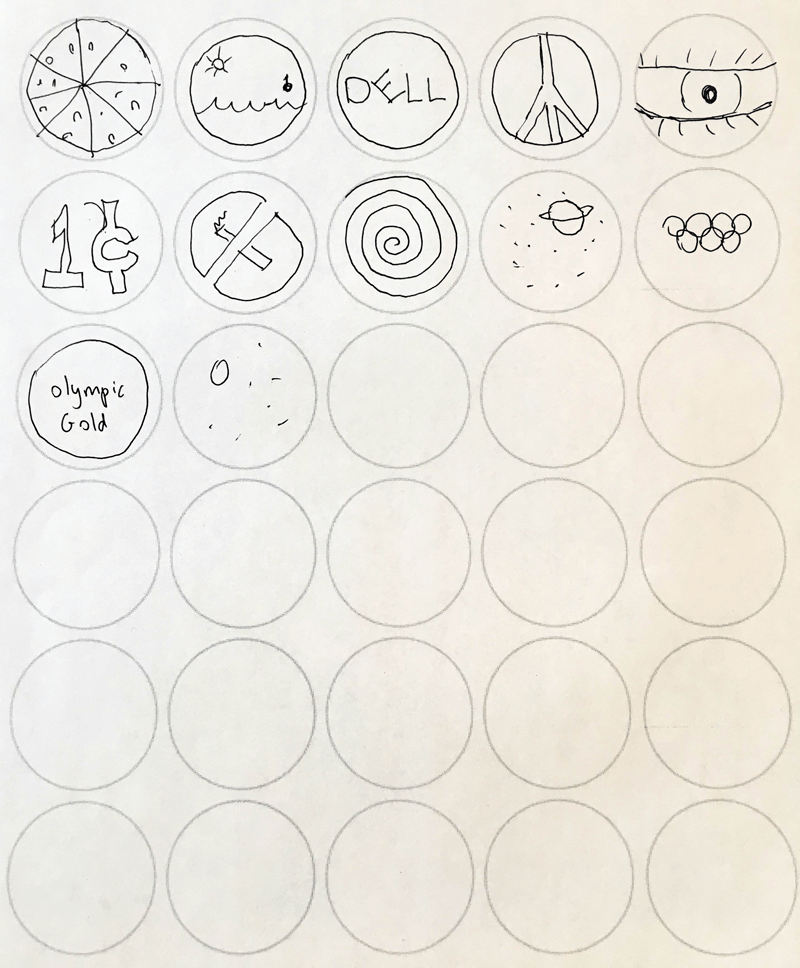
After the exercise, discuss and consider any commonalities you found, and promote teamwork. In this game, if you aim for quantity, you don’t have time to second-guess your plan because you can always alter it afterwards.
The creative process thrives at this point.
-Use a writing prompt
The writing topic is introduced and narrowed down via a writing prompt. Writing prompts are intended to spark students’ interest in a subject and inspire them to write critically and creatively about it.
An effective writing prompt should clearly define the writing task in addition to introducing and limiting the writing topic.
Take a look at these prompts:
- What’s something you’ve always regretted saying?
- What’s something you never told your parents?
- If you could only keep one memory from your life, what would it be?
- Write about your spiritual life.
- Describe a “first.”
Modern Methods Of Teaching That Make An Awesome Classroom
c) Creative Thinking Questions For Students
If you’d like to get your students to think and engage at the beginning of the academic year, asking creative thinking questions is a great way to get to know new students and create a bond with the rest of the class as well.
Here are 15 creative thinking questions to give you some inspiration. You’ll find questions that suit elementary up to high schoolers!
Perhaps you can assign these to groups, pairs or even individual students to make the activity richer.
- What is the machine that you can invent to make people’s life easier? Draw or describe it.
- Can you make a list of 10 rhyming words? Let’s use these words to write a poem.
- What if you have been elected to start your own country? Discuss what would be different about it.
- How would the world as we know it to be different if there were no electricity? List ten different ways.
- What adjectives would you use to explain a flower to someone who has never seen or heard of one before?
- Can you write a narrative about the zoo without using the names of any animals?
- What if tomorrow is “Backwards Day,” what would change in the world around us? How can people live like that?
- What are five ways life would be different if we did not need to sleep? How would you use this extra time?
- If you could make one expensive thing for free forever, what thing would you choose? Why did you choose this in particular?
- If parents were required to take a test before they can have children, can you think of ten questions that would be on the test?
- Think of a way where you can make $100 by next week.
- Do you really need teachers at school or can you just learn from the Internet?
- If you went back in time and changed one thing, what would it be and why? How would the world be different then?
- Name 10 different things you can do with a cup.
- If you were invisible for one day, what would you do? Where would you go?
After all, as Albert Einstein once famously said, “Creativity is intelligence having fun.” As a teacher, if you remind yourself every day that you are a big part of shaping their minds, you’ll never run out of ideas to encourage creative thinking skills for students.
Request Skolera FREE Demo Now! Skolera LMS Blog Educational Technology Articles and News
Skolera LMS Blog Educational Technology Articles and News


